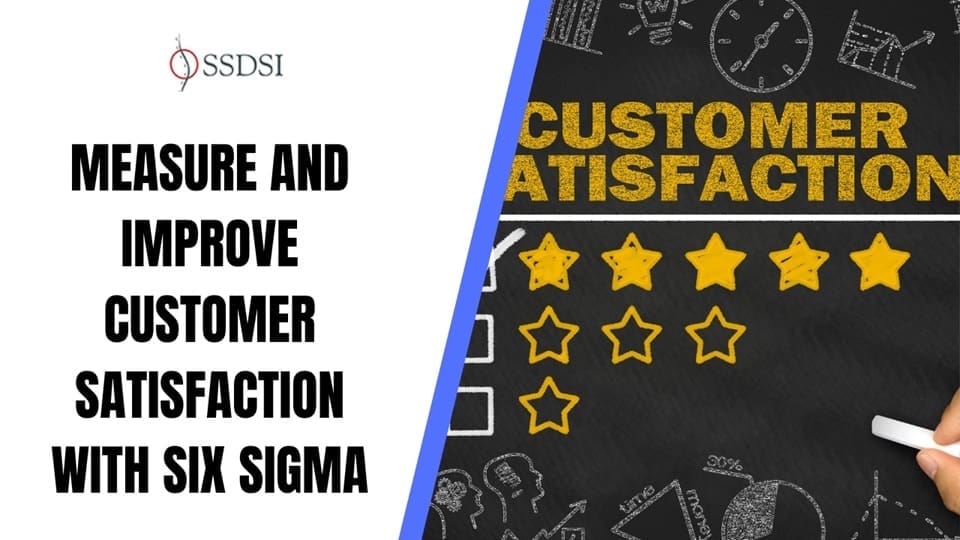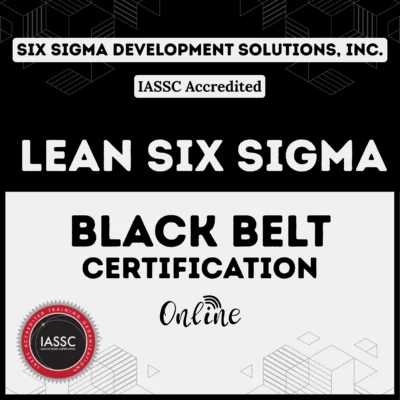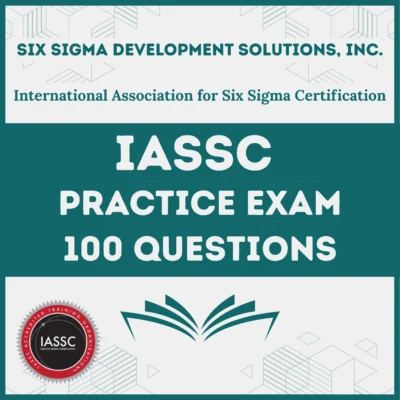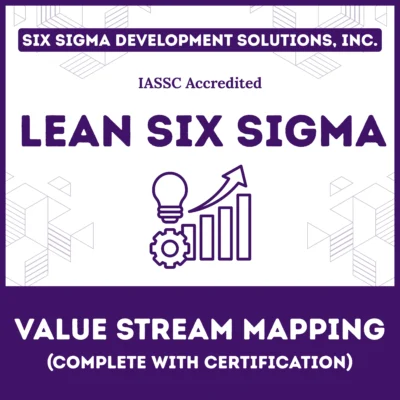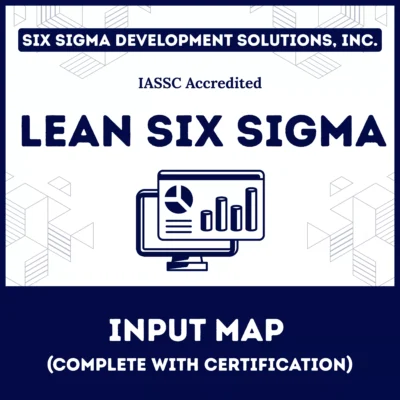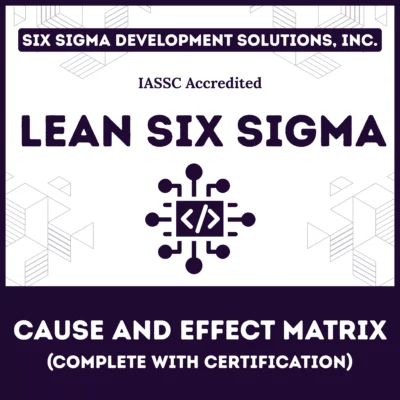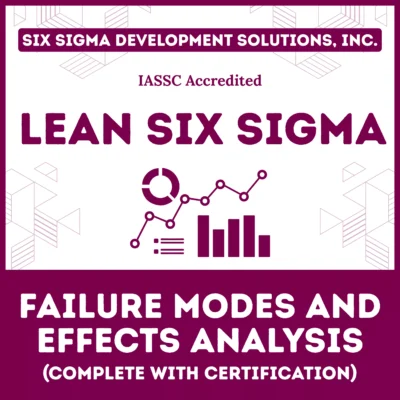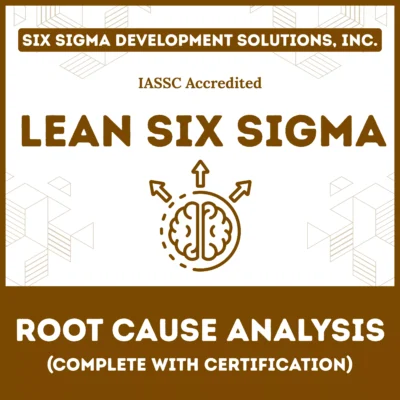Customer satisfaction isn’t just a buzzword—it’s the heartbeat of every successful business. Yet, many organizations struggle to quantify what satisfaction truly means and how to enhance it systematically. This is where Six Sigma enters the picture, offering a data-driven framework that transforms vague customer feedback into actionable improvements.
Six Sigma principles provide businesses with structured methodologies to measure, analyze, and elevate customer satisfaction levels. By applying these powerful quality management techniques, companies can reduce defects, minimize variations, and consistently deliver experiences that exceed customer expectations.
Table of contents
What Is Six Sigma?
Six Sigma is a structured approach to process improvement, originally developed by Motorola in the 1980s. It focuses on reducing variability and defects in processes to achieve near-perfect outcomes, targeting a maximum of 3.4 defects per million opportunities (DPMO). By emphasizing data analysis and continuous improvement, Six Sigma helps businesses deliver consistent, high-quality experiences—key to customer satisfaction.
Why Does It Matter for Customer Satisfaction?
Customer satisfaction reflects how well a business meets or exceeds customer expectations. When processes falter, customers notice. Long wait times, defective products, or inconsistent service can erode trust. Six Sigma tackles these pain points by identifying inefficiencies, analyzing data, and implementing solutions, ensuring a seamless customer journey.
Transitioning to a customer-centric approach, Six Sigma provides tools to quantify satisfaction metrics and align processes with customer needs. Let’s dive into how you can measure and improve customer satisfaction using this methodology.
Public, Onsite, Virtual, and Online Six Sigma Certification Training!
- We are accredited by the IASSC.
- Live Public Training at 52 Sites.
- Live Virtual Training.
- Onsite Training (at your organization).
- Interactive Online (self-paced) training,
Measuring Customer Satisfaction with Six Sigma Principles
To improve customer satisfaction, you first need to measure it accurately. Six Sigma offers a systematic framework, often through the DMAIC process (Define, Measure, Analyze, Improve, Control), to gather and interpret data. Here’s how each phase applies:
1. Define: Identify Customer Expectations
The first step is defining what customer satisfaction means for your business. Engage with customers through surveys, focus groups, or interviews to pinpoint their expectations. For example, a retail business might focus on fast checkout processes, while a software company prioritizes user-friendly interfaces.
Key Actions:
- Create a Voice of the Customer (VOC) analysis to capture customer needs.
- Define Critical to Quality (CTQ) metrics, such as response time or product reliability, that directly impact satisfaction.
- Set clear, measurable goals, like reducing customer complaints by 20%.
By establishing a clear definition of satisfaction, you lay the groundwork for data-driven improvements.
2. Measure: Collect Data on Customer Satisfaction
Once you’ve defined customer expectations, measure current performance. Six Sigma emphasizes quantifiable data to ensure objectivity. Common tools include:
- Surveys and Net Promoter Score (NPS): Ask customers, “How likely are you to recommend our product/service?” NPS provides a clear metric for loyalty and satisfaction.
- Customer Satisfaction Score (CSAT): Use post-interaction surveys to gauge satisfaction with specific touchpoints, like customer service or product delivery.
- Complaint and Return Rates: Track complaints or product returns to identify recurring issues.
- Service Level Agreements (SLAs): Measure adherence to promised response times or delivery schedules.
Example: A call center might measure average call resolution time and customer feedback scores to assess service quality. By collecting this data, you establish a baseline for improvement.
3. Analyze: Identify Root Causes of Dissatisfaction
With data in hand, analyze it to uncover the root causes of dissatisfaction. Six Sigma tools like fishbone diagrams, Pareto charts, and regression analysis help pinpoint inefficiencies. For instance, a Pareto chart might reveal that 80% of customer complaints stem from delayed shipping.
Key Questions:
- Which processes contribute most to dissatisfaction?
- Are there patterns in customer feedback, such as frequent issues with a specific product feature?
- How do internal processes impact external customer experiences?
By digging deep, you identify areas where process variability affects satisfaction, setting the stage for targeted improvements.
Also Read: Customer Journey Map vs. Process Map: Key Differences
Improving Customer Satisfaction with Six Sigma
Once you’ve measured and analyzed customer satisfaction, it’s time to improve processes. Six Sigma’s data-driven approach ensures changes are strategic and effective. Here’s how to apply the Improve and Control phases:
4. Improve: Implement Solutions to Enhance Satisfaction
Based on your analysis, design and test solutions to address root causes. Six Sigma encourages small-scale pilots to validate improvements before full implementation. Common strategies include:
- Streamlining Processes: Simplify workflows to reduce errors or delays. For example, an e-commerce company might optimize its order fulfillment process to ensure faster deliveries.
- Employee Training: Equip staff with skills to handle customer interactions effectively, reducing friction in service delivery.
- Technology Upgrades: Invest in tools like CRM systems to personalize customer experiences and track interactions.
- Standardizing Procedures: Create consistent protocols to ensure uniform quality across all customer touchpoints.
Case Study Example: A restaurant chain used Six Sigma to address slow service complaints. By analyzing wait times and staff workflows, they identified bottlenecks in the kitchen. Implementing a new order prioritization system reduced average wait times by 15%, boosting CSAT scores.
5. Control: Sustain Improvements Over Time
To maintain gains, establish controls to monitor performance and prevent regression. Six Sigma emphasizes ongoing vigilance to ensure processes remain efficient. Key actions include:
- Control Charts: Monitor key metrics like NPS or complaint rates to detect deviations.
- Standard Operating Procedures (SOPs): Document improved processes to ensure consistency.
- Regular Audits: Conduct periodic reviews to verify adherence to new standards.
- Feedback Loops: Continuously collect customer feedback to identify emerging issues.
By embedding these controls, you ensure long-term customer satisfaction and operational excellence.
Six Sigma Tools for Customer Satisfaction
Six Sigma offers a toolkit to support your efforts. Here are some powerful tools tailored to customer satisfaction:
- SIPOC Diagram (Suppliers, Inputs, Process, Outputs, Customers): Maps the end-to-end process to identify areas impacting customers.
- Fishbone Diagram: Visualizes potential causes of dissatisfaction, categorizing them into areas like people, processes, or technology.
- Pareto Chart: Highlights the most significant issues affecting satisfaction, helping prioritize improvements.
- Control Charts: Tracks performance metrics over time to ensure stability.
- Kano Model: Categorizes customer needs into basic, performance, and delighter attributes to prioritize enhancements.
These tools transform raw data into actionable insights, guiding your journey toward exceptional customer experiences.
Also Read: Critical to Customer (CTC)
Benefits of Using Six Sigma for Customer Satisfaction
Applying Six Sigma to customer satisfaction delivers tangible benefits:
- Data-Driven Decisions: Eliminates guesswork by relying on measurable data.
- Consistency: Reduces variability in processes, ensuring reliable customer experiences.
- Cost Savings: Minimizes defects and rework, lowering operational costs.
- Customer Loyalty: Enhances satisfaction, driving repeat business and referrals.
- Competitive Advantage: Sets your business apart by delivering superior quality.
By aligning processes with customer expectations, Six Sigma creates a win-win for businesses and their clients.
Challenges and How to Overcome Them
While Six Sigma is powerful, it’s not without challenges. Here’s how to navigate common obstacles:
- Resistance to Change: Employees may resist new processes. Overcome this by involving staff early, communicating benefits, and providing training.
- Data Overload: Collecting too much data can overwhelm teams. Focus on CTQ metrics to keep efforts targeted.
- Resource Constraints: Six Sigma projects require time and investment. Start with small, high-impact projects to demonstrate value and secure buy-in.
With careful planning and leadership support, these challenges become opportunities to refine your approach.
FAQs on Measuring and improving customer satisfaction with Six Sigma
What is Six Sigma, and how does it relate to customer satisfaction?
Six Sigma is a data-driven methodology that reduces process variability to improve quality. It relates to customer satisfaction by identifying and eliminating inefficiencies that cause dissatisfaction, ensuring consistent, high-quality experiences.
How can I measure customer satisfaction using Six Sigma?
Use tools like NPS, CSAT surveys, complaint tracking, and SLA adherence to collect data. Apply Six Sigma’s DMAIC process to define metrics, measure performance, and analyze results for actionable insights.
What are some Six Sigma tools for improving customer satisfaction?
Key tools include SIPOC diagrams, fishbone diagrams, Pareto charts, control charts, and the Kano Model. These tools help identify issues, prioritize improvements, and monitor progress.
How long does it take to see results with Six Sigma?
Results vary based on project scope and complexity. Small-scale improvements may show results in weeks, while larger projects could take months. Consistent application of DMAIC ensures measurable progress.
Can small businesses use Six Sigma for customer satisfaction?
Absolutely! Small businesses can apply Six Sigma principles by focusing on high-impact areas, using affordable tools, and starting with pilot projects to achieve meaningful improvements.
Final Words
Measuring and improving customer satisfaction with Six Sigma is a game-changer for businesses aiming to thrive in a customer-centric world. By leveraging the DMAIC framework, powerful analytical tools, and a commitment to continuous improvement, you can transform customer experiences and drive loyalty. From defining customer expectations to sustaining long-term gains, Six Sigma provides a clear roadmap to success.

About Six Sigma Development Solutions, Inc.
Six Sigma Development Solutions, Inc. offers onsite, public, and virtual Lean Six Sigma certification training. We are an Accredited Training Organization by the IASSC (International Association of Six Sigma Certification). We offer Lean Six Sigma Green Belt, Black Belt, and Yellow Belt, as well as LEAN certifications.
Book a Call and Let us know how we can help meet your training needs.

